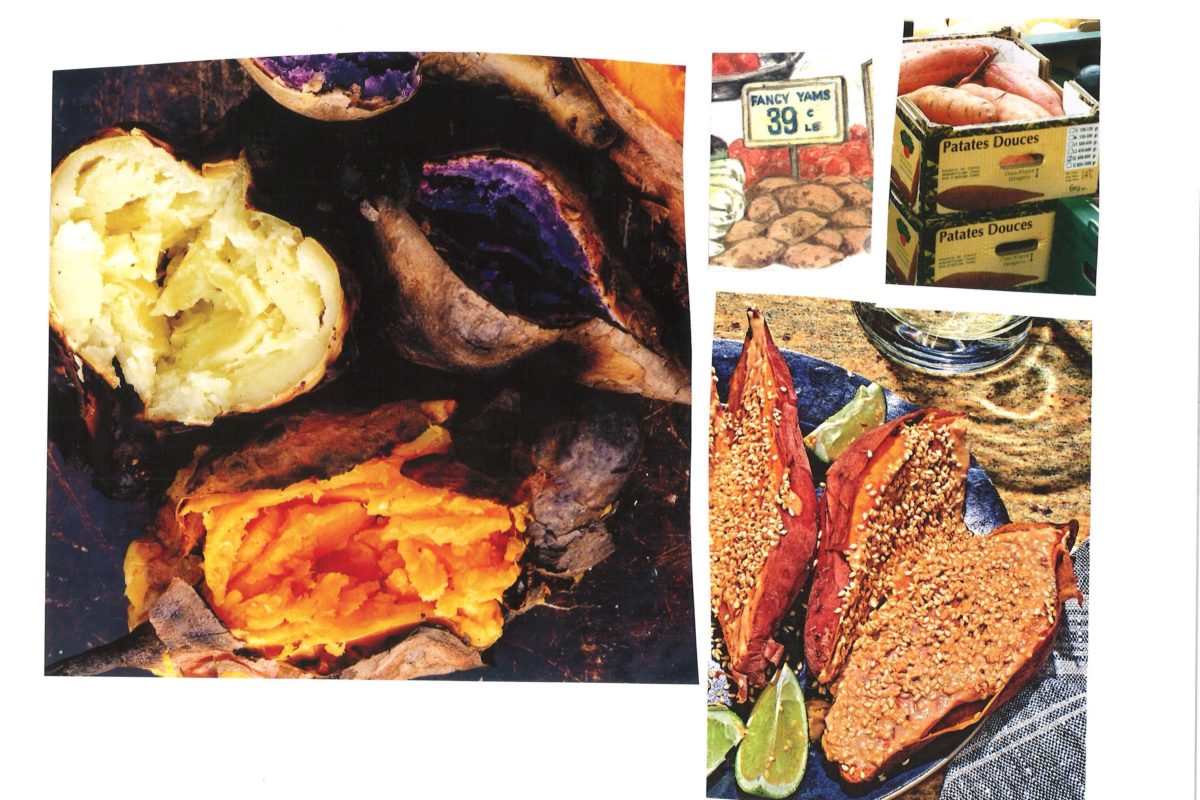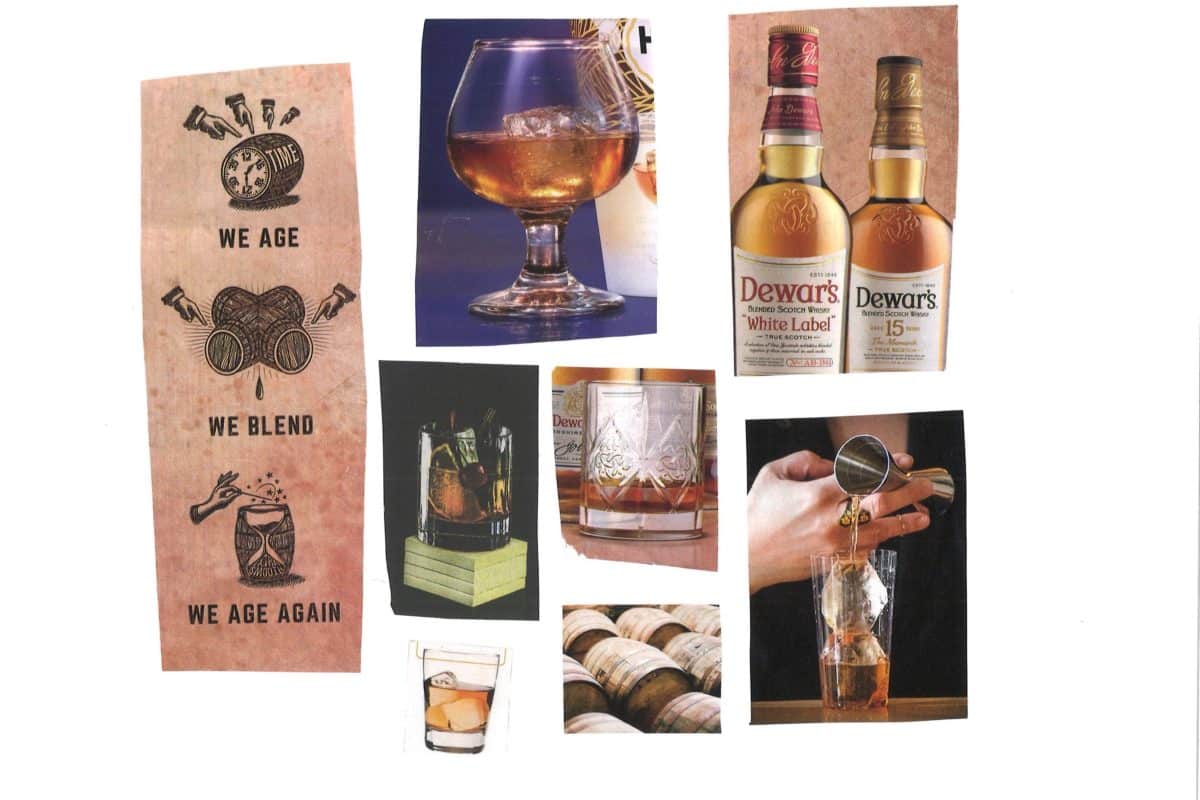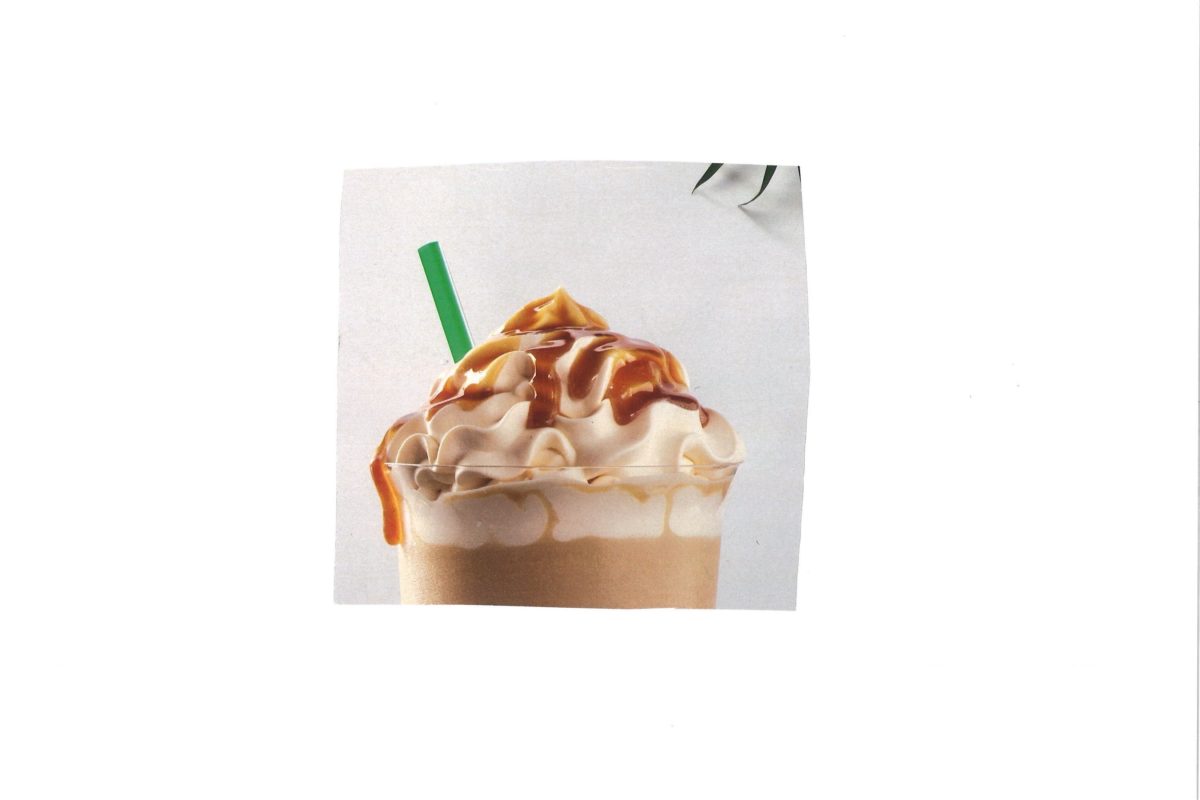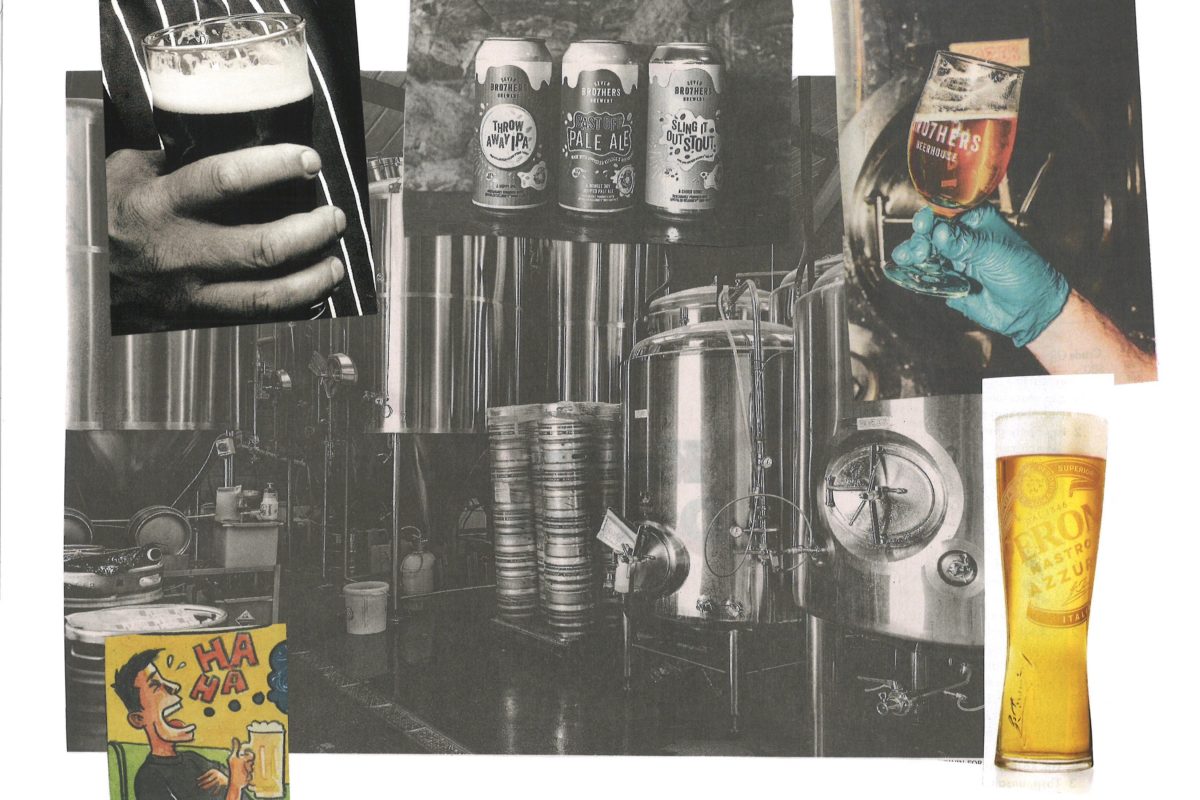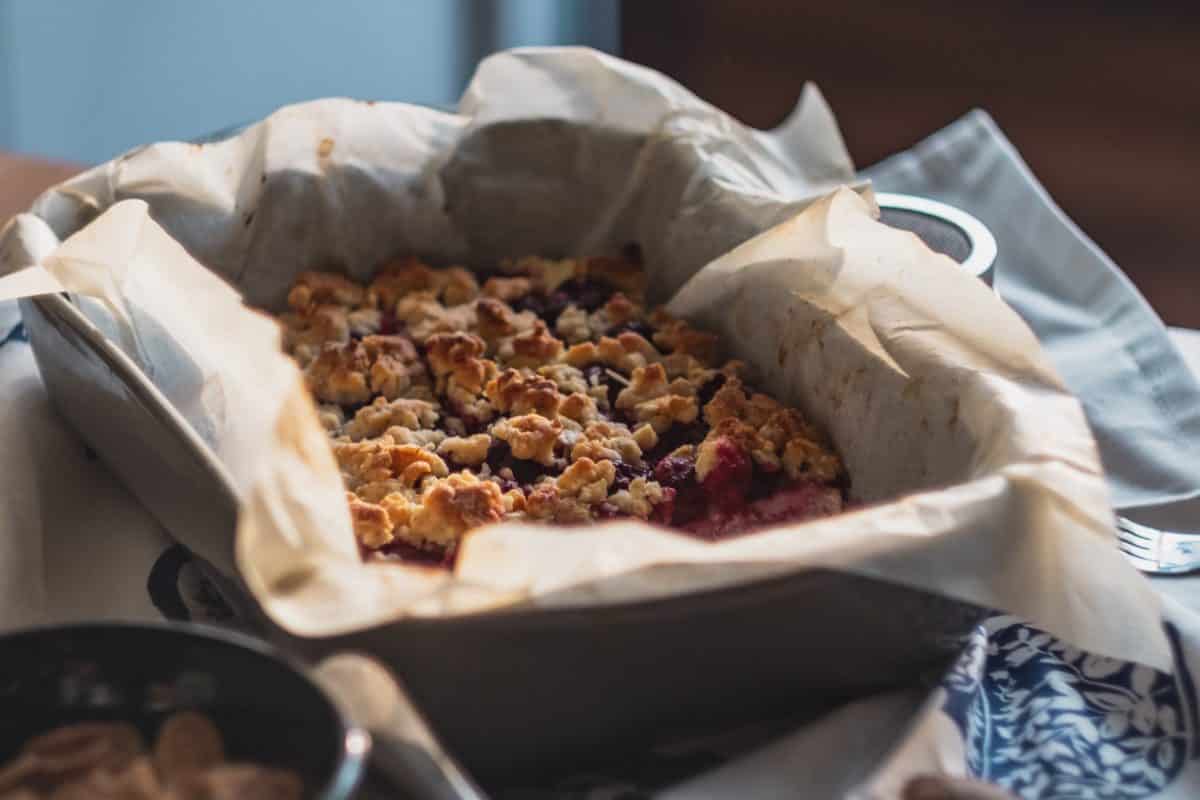What’s the Difference Between Jam, Jelly, Preserves, Compote, Marmalade, and Chutney?
As spring and summer fruits begin to reveal themselves at the market, it feels appropriate to explore the nuances in the various methods of preserving them. Jam, jelly, preserves, marmalade, compote, and chutney all involve some combination of fruit, sugar, and heat, and they rely on pectin—a natural fiber found most plants that helps cooked fruit firm up—for texture. (Not all fruits contain the same amount of pectin, so powdered pectin is sometimes added—we’ll get into that below.) The underlying difference between all of them? How much of the physical fruit is used in the final product.
On one end of the spectrum, we have jelly: the firmest and smoothest product of the bunch. Jelly is made from fruit juice, which is usually extracted from cooked, crushed fruit. (That extraction process, which involves straining the fruit mixture through a fine mesh fabric, is also what makes jelly clear.) The resulting juice is then heated with sugar, acid, and oftentimes additional powdered pectin to get that firm, gel-like texture. That cranberry stuff you eat on Thanksgiving, the stuff that slides out of the can in one perfect cylinder, ridges intact? Definitely jelly.
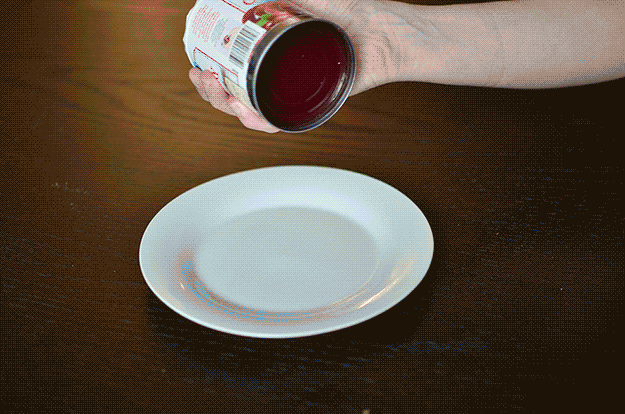
Next up we have jam, which is made from chopped or pureed fruit (rather than fruit juice) cooked down with sugar. Its texture is usually looser and more spoonable than jelly, with stuff like seeds or skin sometimes making an appearance (think of strawberry or blueberry jam, for example). Chutney is a type of jam made without any additional pectin and flavored with vinegar and various spices, and it’s often found in Indian cuisines.
Preserves contain the most physical fruit of the bunch—either chopped into larger pieces or preserved whole, in the case of things like cherry or strawberry preserves. Sometimes, the preserves will be held together in a loose syrup; other times, the liquid is more jammy. Marmalade is simply the name for preserves made with citrus, since it includes the citrus rinds as well as the inner fruit and pulp. (Citrus rinds contain a ton of pectin, which is why marmalade oftentimes has a firmer texture more similar to jelly.)
Compote, a cousin to preserves, is made with fresh or dried fruit, cooked low and slow in a sugar syrup so that the fruit pieces stay somewhat intact. However, unlike preserves—which are usually jarred for future use—compote is usually used straight away.
So, in short, here’s your cheat sheet:
Jelly: fruit juice + sugar
Jam: chopped or pureed fruit + sugar
Chutney: chopped or pureed fruit + sugar + vinegar + spices
Preserves: whole fruit or fruit chunks + sugar
Marmalade: whole citrus (either chopped or left intact) + sugar
Compote: whole fruit or fruit chunks + sugar (but usually eaten immediately, not preserved)
If you liked this, subscribe to the What’s the Difference newsletter here!

